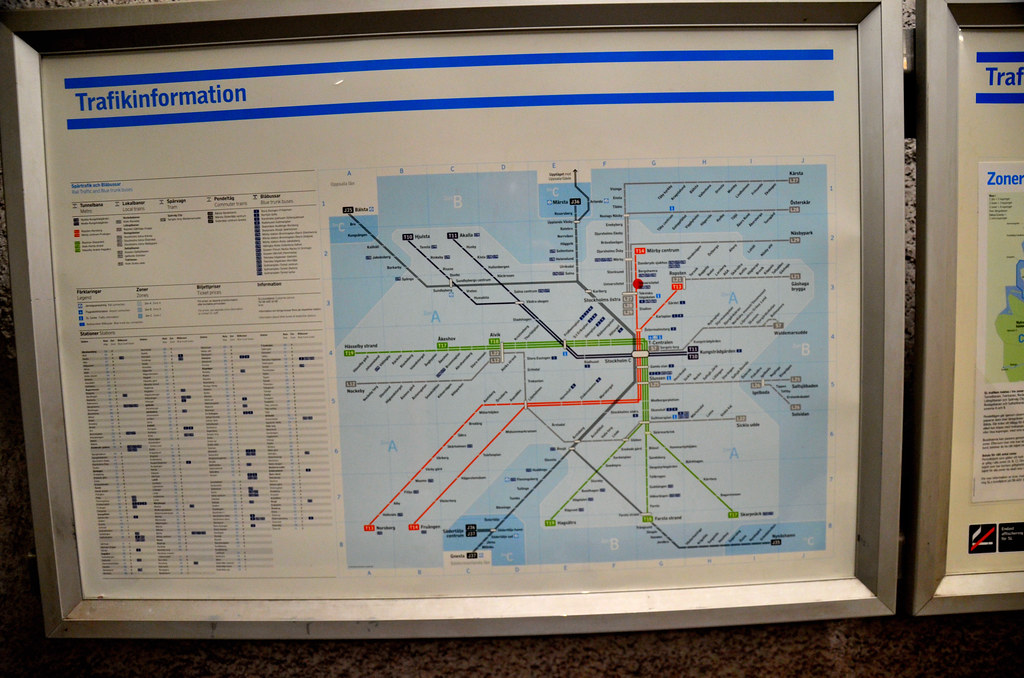The Yonge Line "NEEDS" to be extended to Steeles "NOW", let alone 10 years ago.
The Density and Ridership to Thornhill does not exist today nor 30 years from now without changing the destination Historical for Thornhill and redeveloping the "WHOLE" of Yonge St North of Steeles including the removal of the Golf Courses.
One station has already been removed from the plan for that area due to lack of ridership.
This area is best service with LRT in place of BRT up to Richmond Hill itself.
Are the "Riders" in this area prepare to pay the "FULL" cost to build, operate and maintain the line as it will be a white elephant as Sheppard is today, but worse. I don't think Toronto and Riders should be on the hook for these cost at all, even if Metrolinx control the line.
Spend some time riding the buses on Yonge St between Steeles and Richmond Hill and see where riders get on and off to justify a Subway in place of LRT that would replace the BRT.
Problem is, you're talking about TODAY and not looking at the larger planning context.
There already new secondary plans for both sides of Yonge and there is plenty of density, even without redeveloping historical Thornhill (which, really, is like 4 blocks and a valley).
Fact is, the province has put in to place legislation that REQUIRES Richmond Hill and Markham to intensify at Yonge/7. Fact is, those plans are now in place and entirely contingent on subway and all-day GO and the 407 Transitway. Every one of those you don't build, you knock down the density and population numbers. Go for LRT or BRT, you do the same.
If that happens, they don't hit the targets.
They don't hit the targets, you can count on more people living out in Greenbelt land and they'll buy more SUVs or take whatever mediocre, overtaxed system GO has OR they'll keep driving down or riding buses to Finch. You'll be on a more-crowded subway or totally gridlocked streets.
You are not solving any problems by building to Steeles, unless you count Toronto taxpayer attitudes as a problem to be solved. If you think Toronto's economic success isn't related to people being able to get to/from the 905 efficiently, you're mistaken there too.
The entire region is decades behind on transit planning and you want to cut if off at Steeles - a project with a complete EA and as much planning rationale as any transit project in The Big Move - because of what? Just build the damned thing already. Cutting transit lines too short has been Toronto's modus operandi for way too long. It's ironic you cite Sheppard as a white elephant while also advocating for the neutering of the Yonge extension
Let's build for and with the future for a change, shall we?
